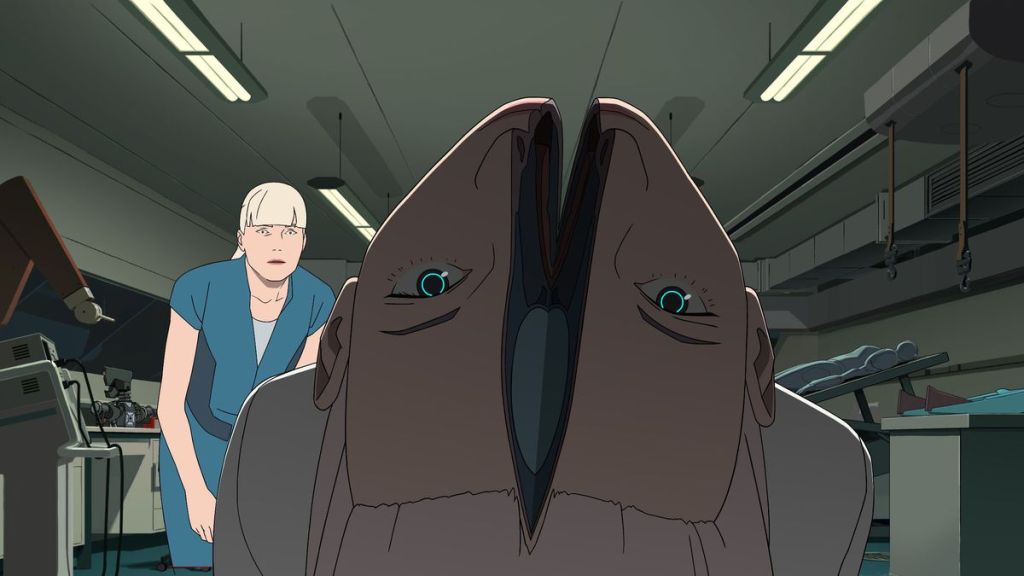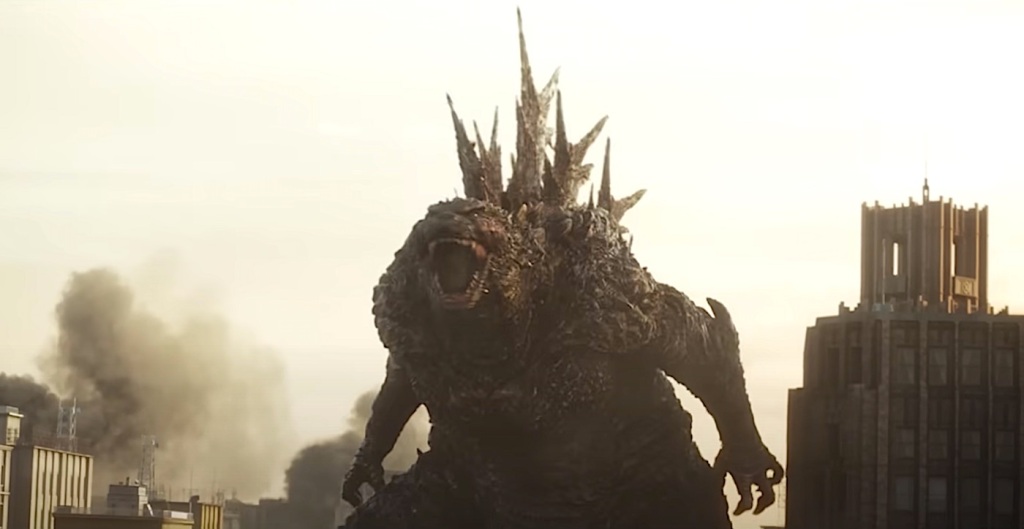In Treasure of Ruby Hills, a turf war in a farming valley is disrupted by the arrival of a new investor – one that has managed to buy the only property in the territory with a supply of fresh water. The film was directed by Frank McDonald, a filmmaker whose career was dominated by westerns starring the likes of Gene Autry and Roy Rogers. Distributed by Allied Artists, and released as a B-picture in January 1995, it is without question a minor note in the history of the American western.
The Ruby Hills Valley is dominated by two wealthy cattle farmers, Chalk Reynolds (Barton MacLane) and Walt Payne (Charles Fredericks). Both men lead large posses of armed men, the rivalry between them grips the other townsfolk in terror. When the mysterious stranger Ross Haney (Zachary Scott) arrives in town, claiming ownership of the only fresh water source, his refusal to pick sides sparks a fresh conflict and puts his own life in danger.
No cliche goes unturned, and no stereotype is ignored. Based on a story by genre stalwart Louis L’Amour, Treasure of Ruby Hills is about as conventional a western as one can find in 1955. There are few, if any, surprises in the story and screenplay. Events play out in a familiar fashion. The film has clearly been produced on a modest budget, and there is comparably little invention or flair in McDonald’s direction. This is cinema made to a deliberate specification: it runs 71 minutes, and exists to keep an audience politely entertained as part of a larger package of newsreel, short films, supporting picture, and main release. Criticising its shortfalls is a pointless exercise; such films were purposefully intended to be watched once and then be forgotten. What reason is there to dig the film out and give it a watch? I think there are two.
The first is Zachary Scott. For a long time he was a contracted player for Warner Bros, usually playing villains and other untrustworthy types – most famously in Michael Curtiz’s Mildred Pierce (1945). Here he plays the hero for a change, and does so with a quite wonderful air of ambivalence. While the film itself is fairly stereotypical, Scott’s performance is not.
The second is Lee Van Cleef. This is not his first film appearance; that was in High Noon three years earlier. It does, however, capture the western icon at a very early stage in his career. He is a hired killer here, and despite a relatively small character manages to catch the eye and make a larger impact that perhaps that character needs. The easy manner in which he holds the viewer’s attention is a clear sign of his career to come. Van Cleef would later star in For a Few Dollars More (1964), The Good, the Bad, and the Ugly (1965), Death Rides a Horse (1967), Sabata (1969), Escape from New York (1981), and many others. All told he appeared in 170 films and television programs between 1952 and 1990. It is fascinating to observe him in such an early role.
In the broader context of 1955 western films, I think Treasure of Ruby Hills provides a valuable baseline. This is the western as it had broadly been through the previous two decades. No surprises – and notably no Native Americans – but it does what it says on the tin, and provides the audience with clear heroes, villains, and shoot-outs in the middle of town.
1955 West is a review project to watch as many western features from 1955 as possible, in order to gain a ‘snapshot’ view of the genre at its height. According to Letterboxd, there were 72 westerns released that year. You can see all of FictionMachine’s reviews of them to date by clicking here.





Leave a comment